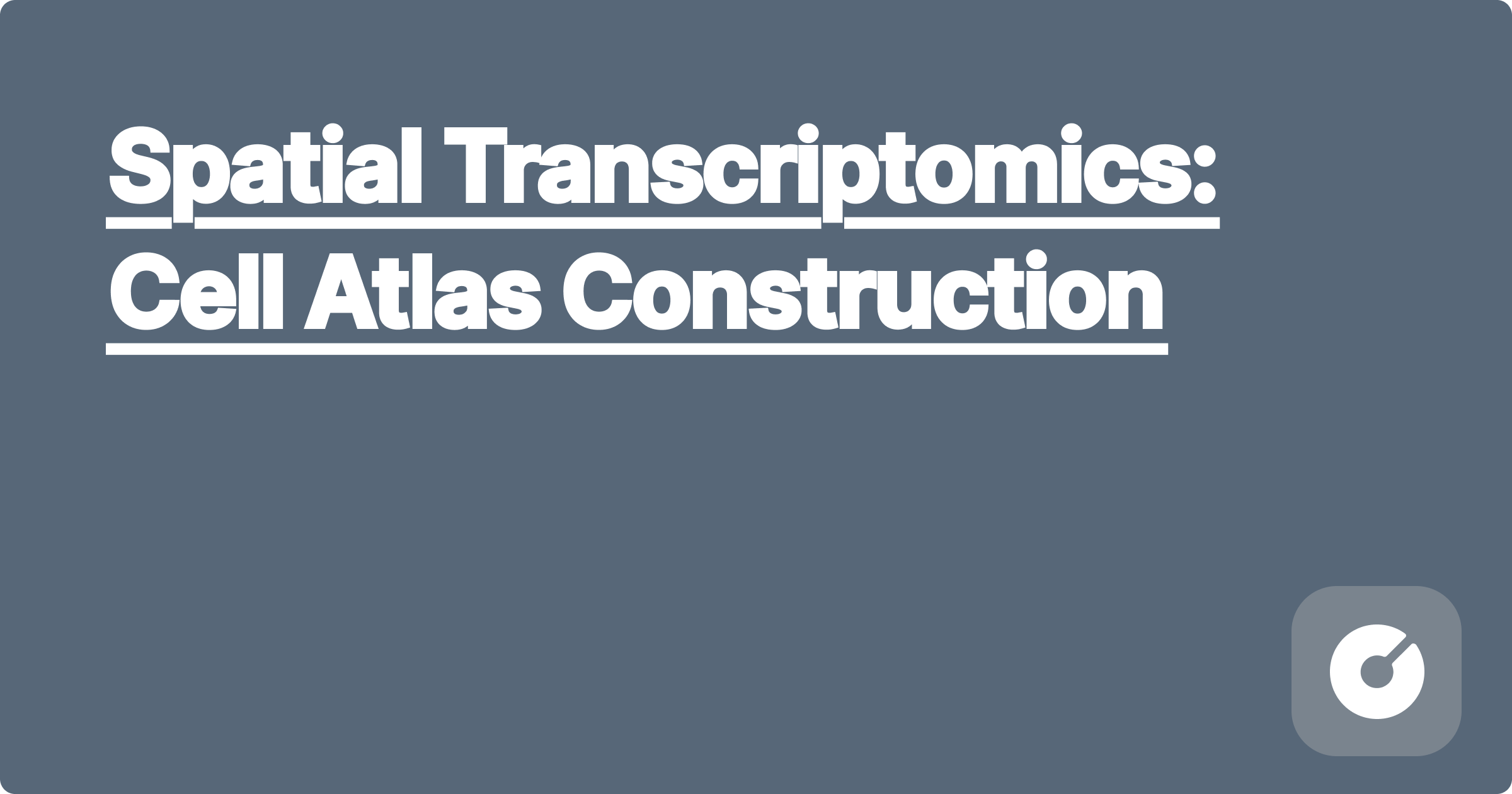
```html
Spatial Transcriptomics: Cell Atlas Construction
pre {
background-color: #f4f4f4;
padding: 10px;
border-radius: 5px;
overflow-x: auto;
}
.equation {
background-color: #f9f9f9;
padding: 10px;
border-radius: 5px;
font-family: "Times New Roman", serif;
}
.tip {
background-color: #e0f7fa;
padding: 10px;
border-radius: 5px;
margin-bottom: 10px;
}
.warning {
background-color: #ffebee;
padding: 10px;
border-radius: 5px;
margin-bottom: 10px;
}
hljs.highlightAll();
Spatial transcriptomics is revolutionizing our understanding of biological systems by revealing the spatial organization of gene expression within tissues. This blog post delves into the cutting-edge techniques used in constructing high-resolution cell atlases, highlighting recent advancements and practical considerations for researchers.
The field is rapidly evolving. Recent breakthroughs include the development of
A major ongoing project at the Broad Institute is focusing on creating a comprehensive human cell atlas using a combination of spatial transcriptomics and single-cell RNA sequencing. This initiative aims to map the spatial organization of cell types across various tissues and organs.
Spatial transcriptomics data requires careful preprocessing and normalization to account for technical artifacts. This often involves:
Identifying cell types within spatial transcriptomic data requires advanced clustering algorithms, such as:
Example (Python - pseudocode):
import numpy as np
from sklearn.cluster import DBSCAN
# Input: spatial_expression_matrix (genes x spots), spatial_coordinates (spots x 2)
# 1. Dimensionality reduction (e.g., PCA)
reduced_data = PCA(n_components=2).fit_transform(spatial_expression_matrix.T)
# 2. Spatial clustering (e.g., DBSCAN)
dbscan = DBSCAN(eps=0.5, min_samples=5) # adjust eps and min_samples
clusters = dbscan.fit_predict(reduced_data)
# 3. Assign cluster labels to spots
# ...
Once cells are identified, we analyze spatial patterns. This can involve:
Moran's I = \frac{n \sum_{i=1}^{n} \sum_{j=1}^{n} w_{ij}(x_i - \bar{x})(x_j - \bar{x})}{\sum_{i=1}^{n} \sum_{j=1}^{n} w_{ij} \sum_{i=1}^{n}(x_i - \bar{x})^2}
Where: n = number of spots, $w_{ij}$ = spatial weight between spots i and j, $x_i$ = gene expression in spot i, $\bar{x}$ = average gene expression.
Spatial transcriptomics is finding applications in various industries, including:
Several open-source tools are available for spatial transcriptomics data analysis. These include:
High cost and limited accessibility: The technology is still expensive, limiting its widespread use.
Data normalization and batch effects: Careful normalization strategies are crucial to minimize technical biases.
Scaling up for large datasets: Efficient algorithms and distributed computing are necessary for handling large datasets from whole organs.
Future research will focus on:
Spatial transcriptomics is a transformative technology with the potential to revolutionize our understanding of biology and medicine. By addressing the technical challenges and leveraging the power of advanced computational methods, we can construct comprehensive cell atlases that provide unprecedented insights into the spatial organization of biological systems. This will pave the way for new diagnostic tools, therapeutic strategies, and a deeper understanding of the intricate complexity of life.
List of advanced research papers and books on spatial transcriptomics.
```
Anesthesiology Career Path - Behind the OR Mask: A Comprehensive Guide for Pre-Med Students
Internal Medicine: The Foundation Specialty for a Rewarding Medical Career
Family Medicine: Your Path to Becoming a Primary Care Physician
Psychiatry as a Medical Specialty: A Growing Field Guide for Aspiring Physicians
Electrochemistry Batteries Fuel Cells Technology - Complete Engineering Guide
Construction Materials Advanced Performance Evaluation - Complete Engineering Guide
Surveying GIS Spatial Information Technology - Complete Engineering Guide
Tunnel Engineering Design Construction Techniques - Complete Engineering Guide
Construction Management Scheduling Cost Control - Complete Engineering Guide
BIM Technology Revit Construction Innovation - Complete Engineering Guide